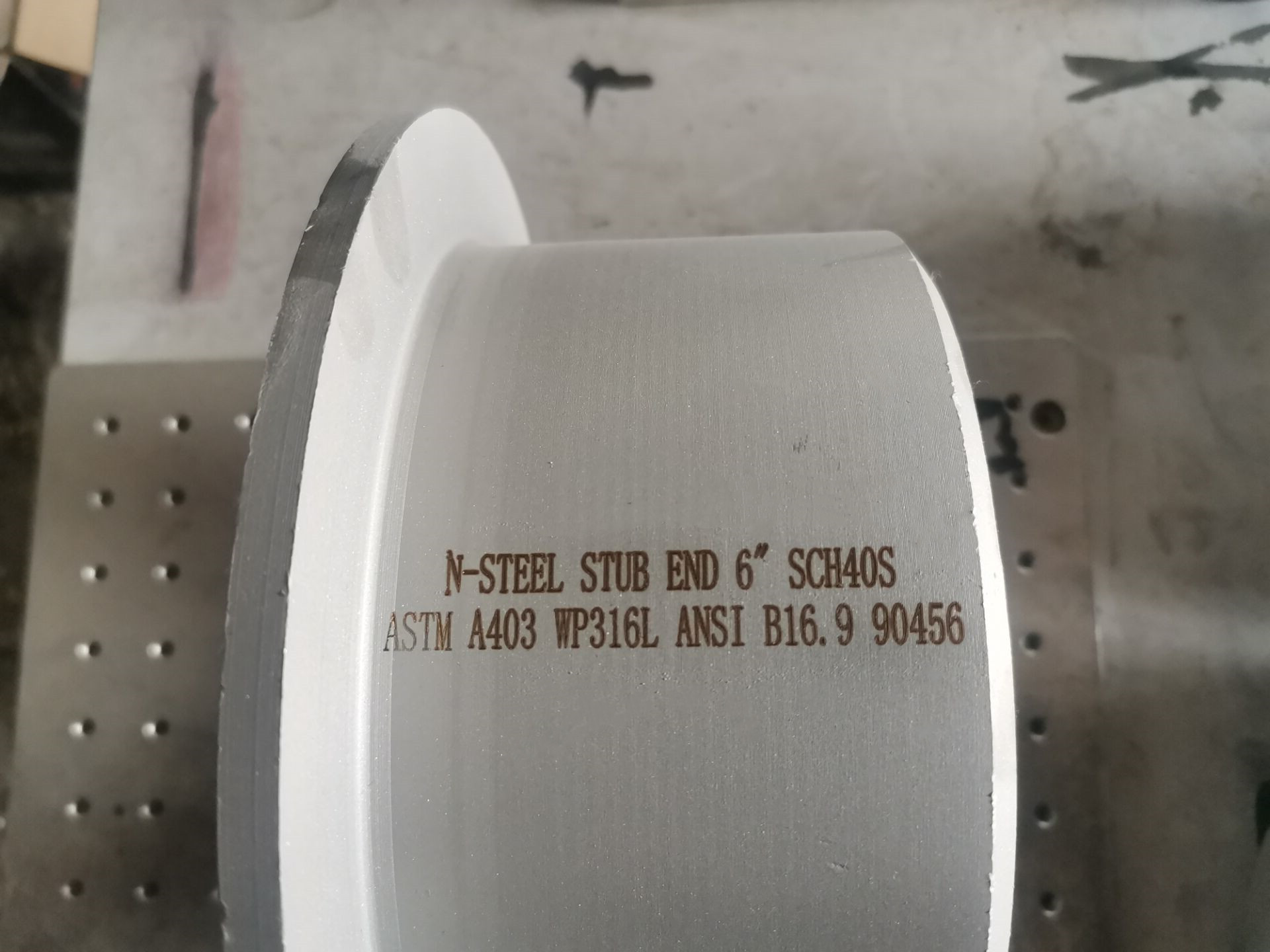Difference between ERW Pipes, SSAW Pipes and LSAW Pipes
Seamless steel pipes are mainly used in oil pipeline and gas pipeline, but seldom used in oil pipelines with long-distance. Most long distance pipeline applied ERW pipes, SSAW pipes and LSAW pipes. Here are comparisons of technological features and performance of these pipes.
1. Electric Resistance Welding Pipes
Electric Resistance Welding (ERW) pipes have two kinds of welding, induction welding and contact welding. The ERW pipe applied wide hot rolling steel profile as raw material, and went through pre-bending, continuous forming, welding, straightening, cutting and other processes. The pipe has short weld joints, high dimensional accuracy, uniform thickness, and excellent surface and can bear high pressure. However, it also has shortcomings, such small diameter and thin wall, and the weld joints are easy to be eroded. Currently, ERW pipes are mainly used to transport gas as well as oil to city residents.
2. Spiral Submerged-Arc Welding Pipes
Spiral submerged arc welded (SSAW) pipes has spiral welding joints and the pipes are welded and formed at the same time. The strip steel with the same specification can produce SSAW pipes with various diameters. The welding joints can avoid major stress and have better force resistance. Disadvantages are poor geometrical diameters; longer welding joints and joints are easily to have cracks, porosity and other welding defects. According to the design specification of oil and gas pipeline, SSAW pipes only can be used in the third and fourth class areas. Developed countries have improved the technology, apart forming and welding, and have pre-welding and precise welding processes which make the quality of welding close to UOE pipes. Currently, the domestic market doesn’t master this technology which needs to be improved. SSAW pipes produced by traditional technique are widely used in the project of natural gas transmission from West to East China. The US, Japan and Germany believe that it’s not suitable to use SSAW pipes as main trunk; Canada and Italy use it partially and Russia use it in a small scale with strict additional condition. China, due to historical reasons, still uses SSAW pipes as main trunks in majority areas.
3. Longitudinally Submerged Arc Welding Pipes
Longitudinally Submerged Arc Welding (LSAW) pipes use single plate steel as raw material, applied double-sided submerged arc welding. The finished products have larger specifications and the welding joints have excellent ductility, plasticity and good sealing. LSAW pipes have large diameter, thick wall and can withstand high pressure and low temperature. LSAW pipes play a major role in oil and gas pipelines with features of high strength, high quality and long distance. According to the standard of American Petroleum Institute (API), the LSAW pipe is the only designated pipe in large scaled oil and gas transportation, especially when the pipelines cross the densely populated urban areas and the first and second class cities.
www.bd-pipefitting.com








